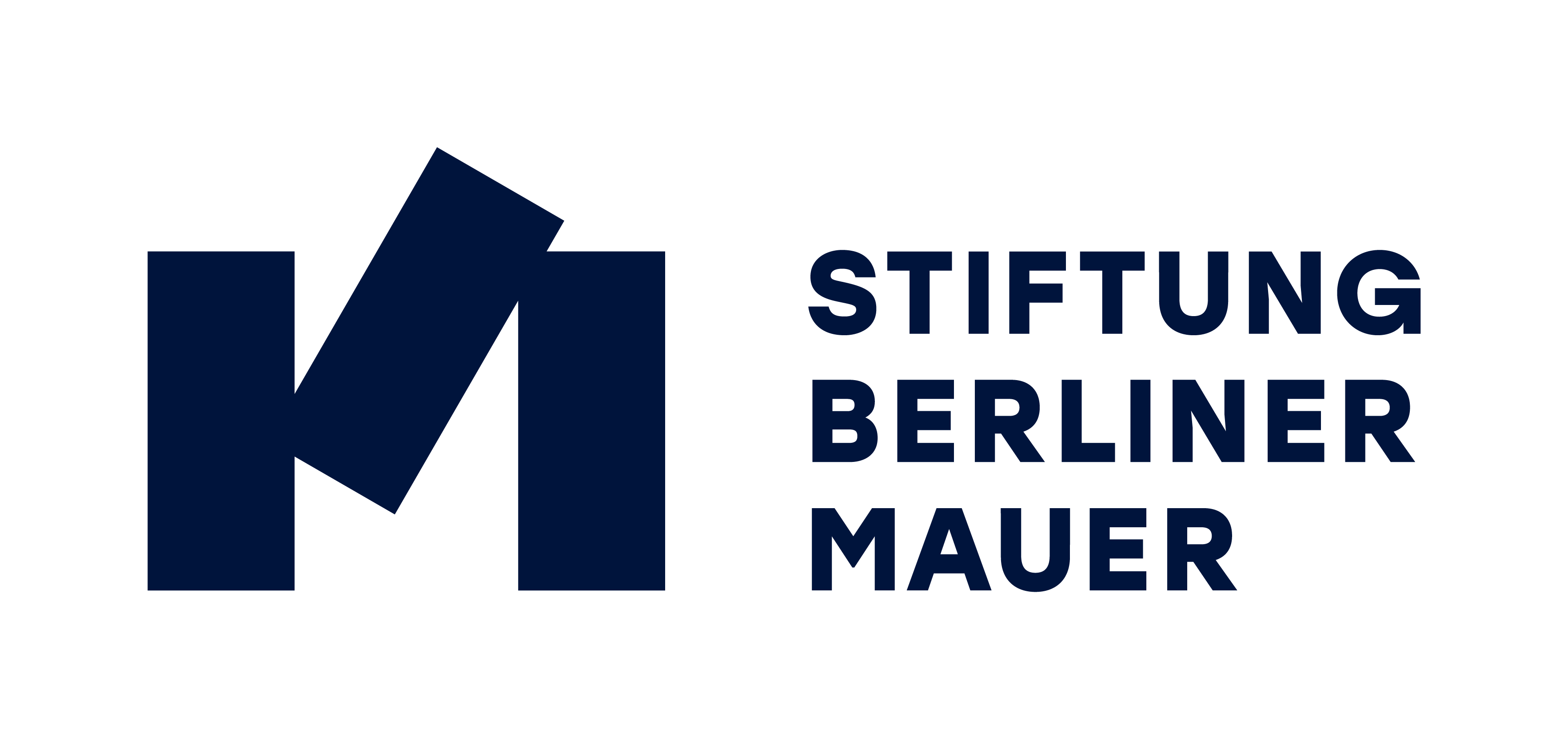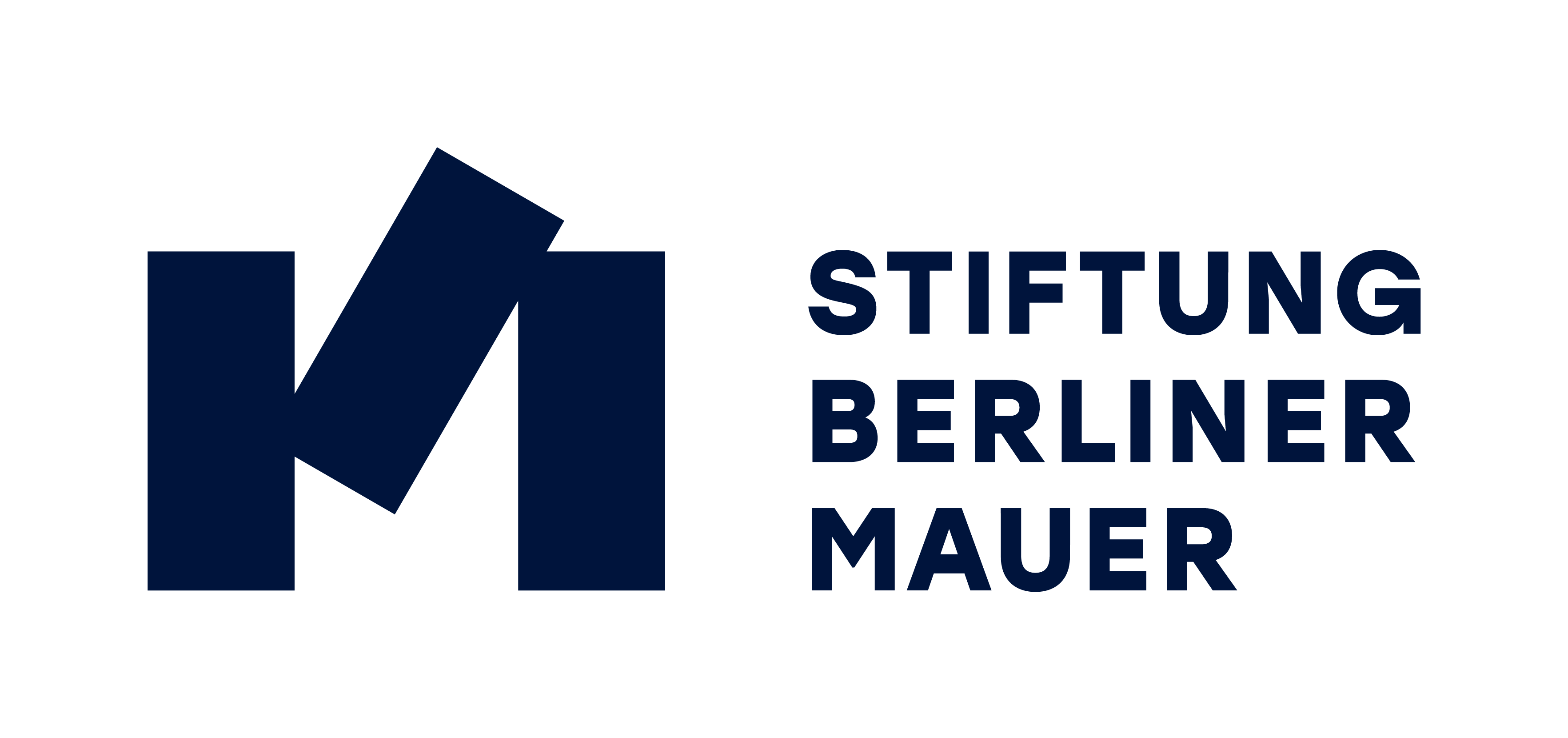Further Media
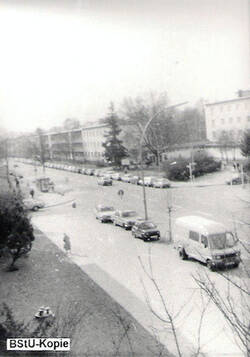
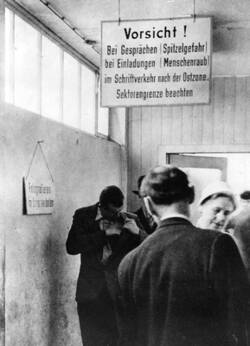
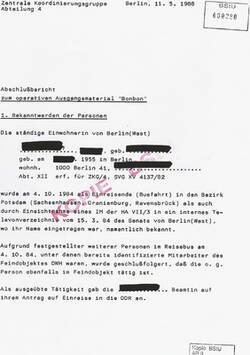
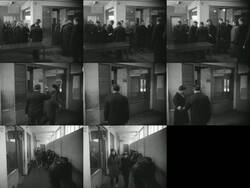
Now look across the intersection at the yellow building diagonally opposite. Can you spot the balcony pictured in the guide? It is the top balcony on the left. It was part of a "conspiracy dwelling" used by the Stasi – the East German state security service. The camera is focusing on your current location.
The Stasi considered the reception center a threat to East Germany's inner security and kept it under constant surveillance, viewing it as an "enemy object". They targeted not only refugees but also the staff.
The people in the camp were aware of being watched. Look back at the museum's facade and mentioned gallery. Do you notice anything unusual? The windows are positioned too high to see in or out, designed to protect those in the waiting rooms from outside view.
Another visible sign of security measures is the refugee center's surrounding fence, which you can see from where you stand. At point 1, you were right in front of it. The reception center was not freely accessible; the main entrance was guarded day and night.
The United States, Great Britain, and France, the Western Allies responsible for these security measures, exercised sovereign rights in West Berlin after defeating Germany in the Second World War. As late as 1971, a US Commander's office colonel ordered the center's fence to be raised by at least half a meter and to provide better nighttime lighting.
Even today, the fence still separates the complex from its surroundings. Long after Germany's reunification, the area is still not open for independent living as initially planned.
